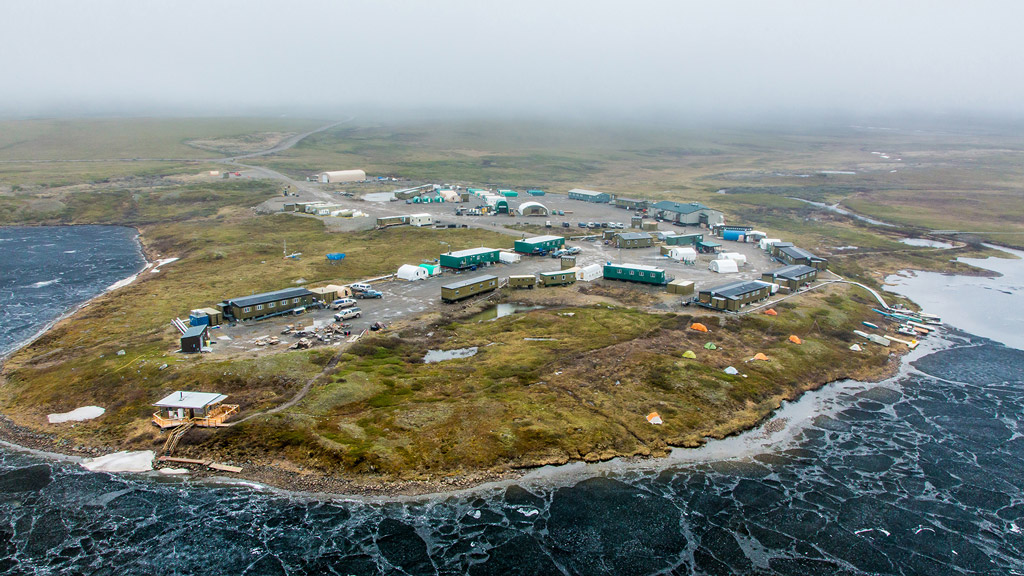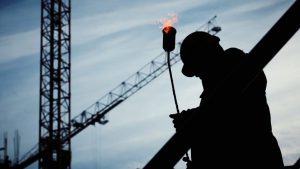Design firm Stantec is partnering with Battelle, a global research and development organization, to help scientists conduct research in some of the most extreme conditions on the planet.
The US$260-million Arctic Research Support and Logistics Services (ARSLS) contract from the U.S. government’s National Science Foundation (NSF) will provide infrastructure and logistics support to academic researchers conducting NSF-funded studies in Alaska, northern Canada, Greenland and other Arctic areas.
The Edmonton-based company will provide engineering, design and planning services in support of new facilities as well as maintenance of existing facilities.
Chris Brown, a vice-president with Stantec in Anchorage, Alaska, will manage facilities, engineering, maintenance and construction (FEMC) for the project. He explained that Stantec was approached by Battelle to bid on the work because of their unique experience with extreme conditions.
“Stantec has quite a presence where that is what we do, facilities and engineering work north of 60 degrees latitude,” said Brown. “We work in Arctic and Sub-Arctic environments including Greenland, Alaska and Northern Canada. It’s a core of our business. We are probably the only large engineering company that has that kind of footprint, experience and background.”
The contract includes Toolik Field Station located within the North Slope Borough of Alaska. It also covers Summit Station in Greenland — the only high altitude, high latitude, inland, year‐round observing station in the Arctic region.
Brown explained working in these areas has three unique aspects: extreme conditions, remote locations, local populations.
“It’s cold, lots of these places have high winds, these are severe environmental conditions,” said Brown. “Summit Station is 10,000 feet up. In Northern Canada you have permafrost, soils that are wet or intermittently freezing and thawing, which brings complexity. And climate change issues are more pronounced in these extreme environments.”
The materials and design must take these conditions into consideration.
Brown noted the remote location of the bases also is a challenge for logistics and design. Getting materials on site is a challenge. Once the facility is built, it must be used for a variety of things.
“If you build a facility in a remote place you have to understand that it becomes more than just the building it was intended to be,” said Brown. “And if you forget something, you can’t just run out to Lowes.”
Since repairs and resupplies are difficult, the design must be low maintenance, durable and sustainable.
Brown explained one of the most important elements of working in these areas is respecting the people who live there, especially the Indigenous populations.
“It is their home,” said Brown. “They have been there for millennia and you have to not only design things with their cultures in mind, but when you are working in their backyard you have to respect that and consider what is going on in their lives. You cannot work in the north without understanding the people whose land you are working on.”
Brown explained that each year the team works to help plan out the facilities and maintenance that will be needed for researchers. But COVID-19 delays mean the team will be working to catch-up on older work while also doing future planning.
“Everything we do, every dollar we spend, is scrutinized through the lens of how it advances the mission and vision of the NSF,” said Brown. “It is very much in our minds all the time. The input that we get from the scientific community goes into what we do.”
Follow the author on Twitter @RussellReports.







Recent Comments
comments for this post are closed